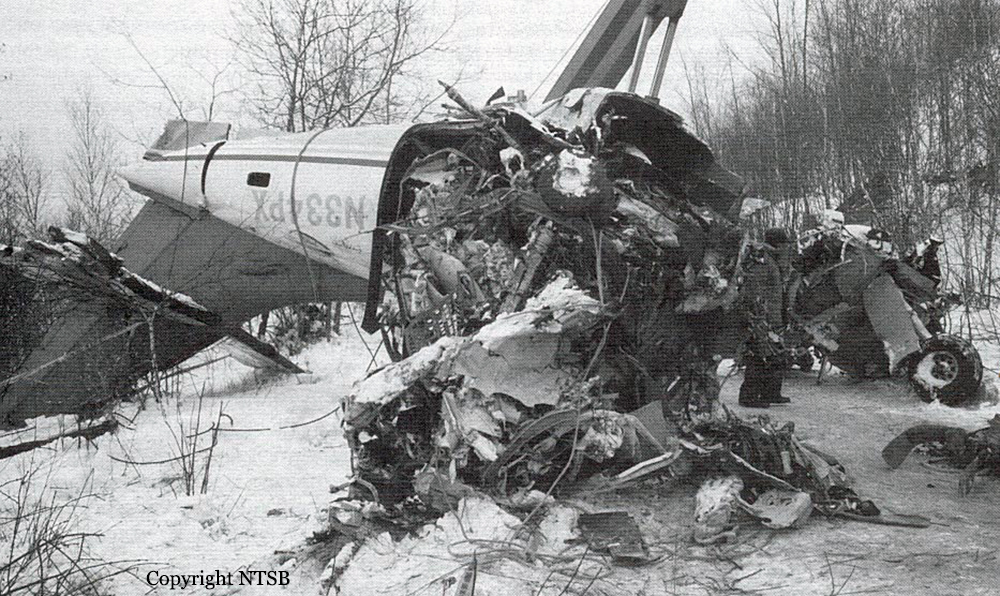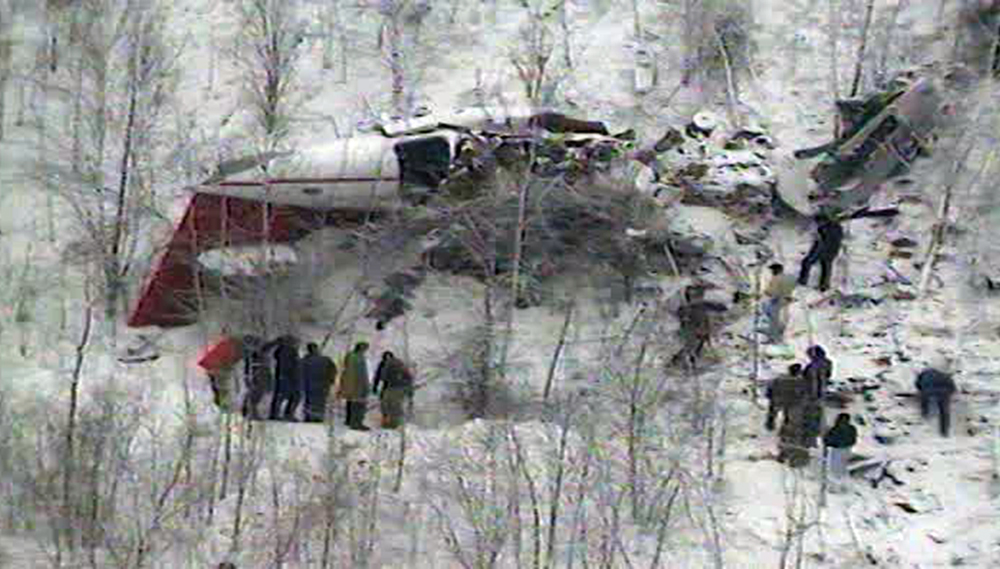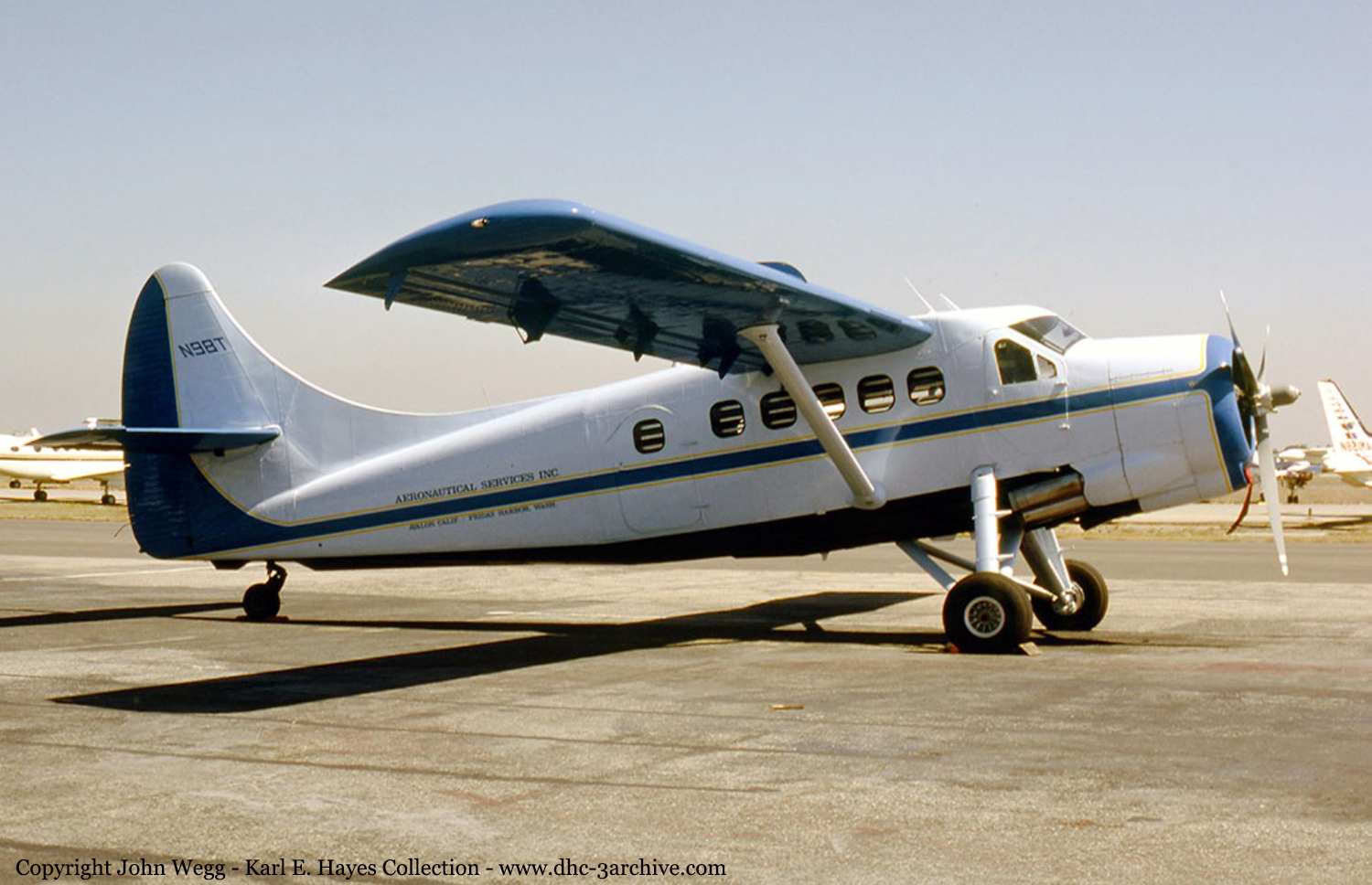Crash of a Piper PA-46-350P Malibu Mirage in Wilkes-Barre
Date & Time:
Dec 15, 1993 at 1745 LT
Registration:
N92GP
Survivors:
Yes
Schedule:
Leesburg - Bedford
MSN:
46-22120
YOM:
1991
Crew on board:
1
Crew fatalities:
Pax on board:
0
Pax fatalities:
Other fatalities:
Total fatalities:
0
Captain / Total hours on type:
175.00
Aircraft flight hours:
206
Circumstances:
While cruising at FL240, the pilot observed the engine oil pressure gradually decrease from the normal to the caution range and a drop in manifold pressure. He requested and received vectors for a precautionary landing at an airport short of his destination. During the descent, the oil pressure continued to drop to zero and engine power was lost. He was able to locate the airport underneath the overcast, but loss of engine power prevented him from reaching the runway. The airplane impacted trees 1,200 feet from the airport. The 6 engine cylinder assemblies were changed 7 hours prior to the accident. Examination of the engine and turbochargers did not reveal the source of the oil loss.
Probable cause:
The loss of engine oil for undetermined reasons and the subsequent engine failure, resulting in a forced landing and collision with trees.
Final Report:





